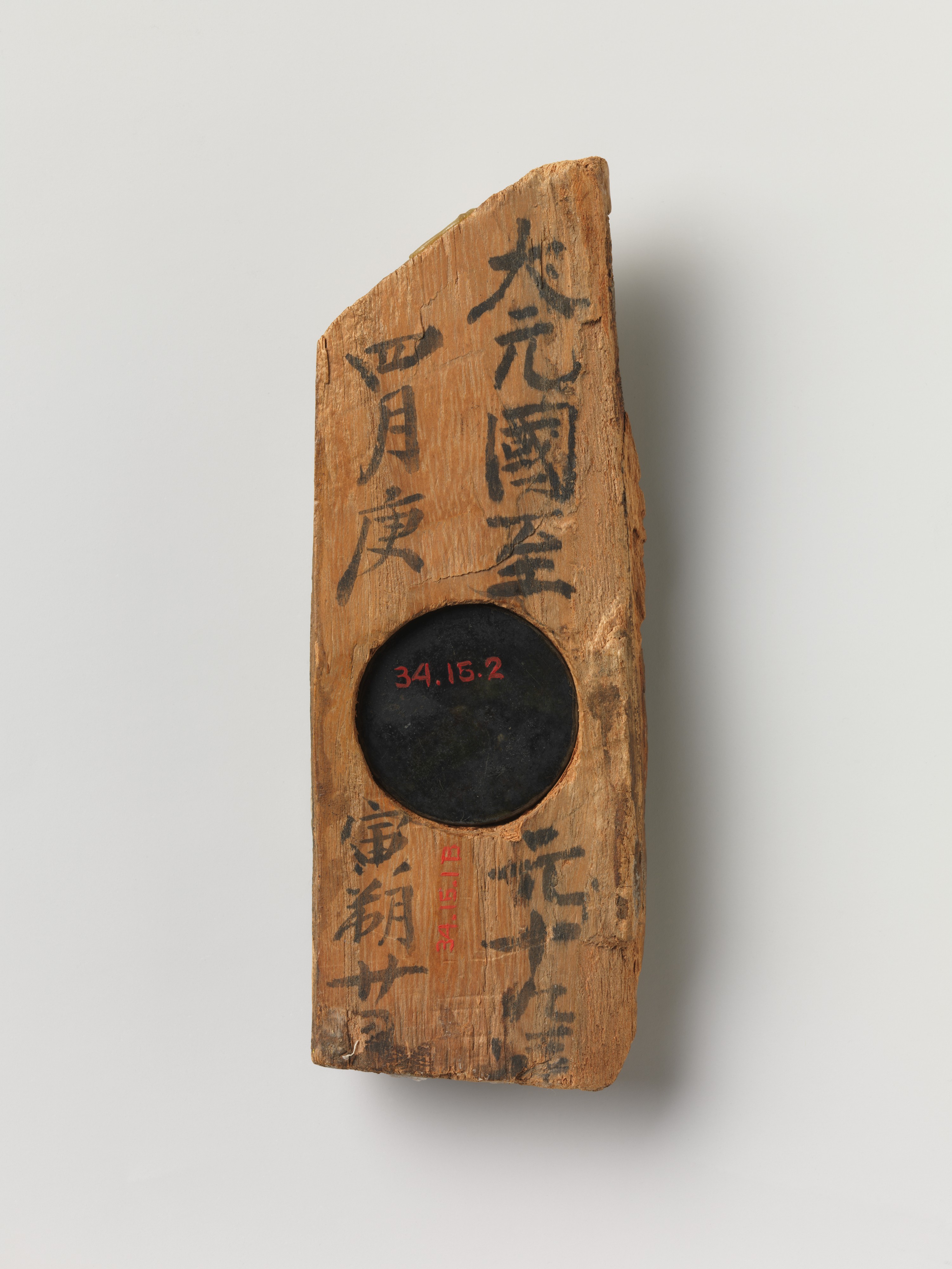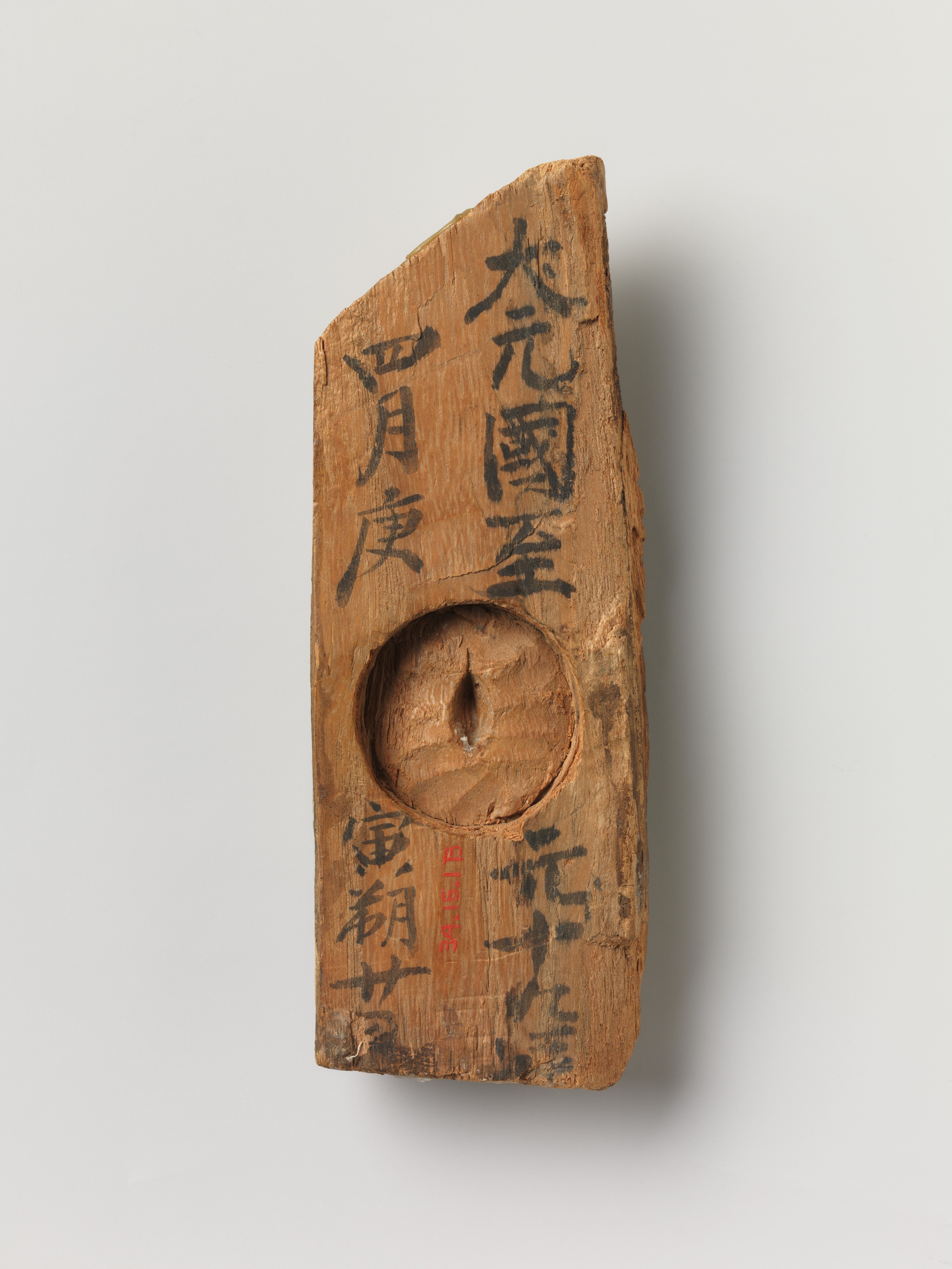Bodhisattva Avalokiteshvara (Guanyin)
A removable panel in the back of this image gives access to a hollow interior that would have been filled with offerings at the time of the piece’s consecration. The interior surface of the panel bears a date (1282) and a small bronze mirror (34.15.2) that functioned as a protective talisman.
The bodhisattva has a rounded physique and stands in a slightly twisting pose, which creates a sense of depth. Both conventions attest to the introduction of Indo-Himalayan sculptural traditions in China in the thirteenth and fourteenth centuries, when the Mongols controlled both China and parts of Tibet. The elaborate coiffure also derives from these traditions.
#7463. Bodhisattva Avalokiteshvara (Guanyin)
-
7463. Bodhisattva Avalokiteshvara (Guanyin)
-
7456. Bodhisattva Avalokiteshvara (Guanyin)
Playlist
Due to rights restrictions, this image cannot be enlarged, viewed at full screen, or downloaded.
This artwork is meant to be viewed from right to left. Scroll left to view more.







